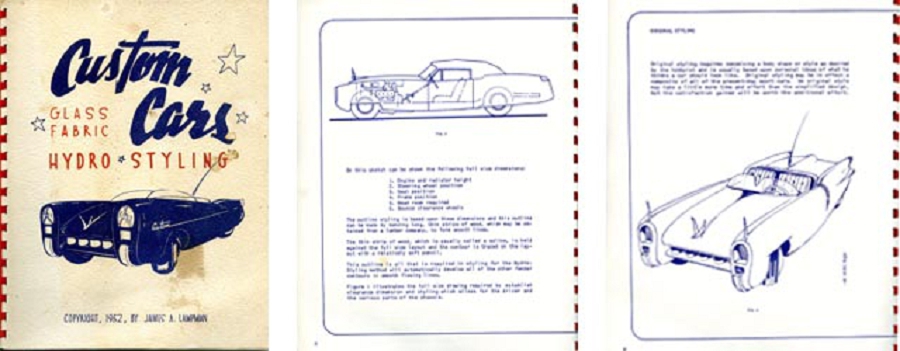
Hi Gang…
The history of fiberglass is covered in stories, magazines, newspapers, and books. Yes books – and lots of them.
Earlier this year I wrote a story about the early fiberglass books, what they looked like, who wrote them, and material covered inside of them. Click here to review the history of all early fiberglass books. Recently, someone asked me to share more of the book written by James Lampman in 1952 titled “Custom Cars: Glass Fabric, Hydro*Styling.”
Due to the generosity of good friend Derby Ahlstone and his father, Arthur Ahlstone, we can share scans of the entire book with you here on Forgotten Fiberglass. Thanks guys! I know everyone here will appreciate this in every way.
The Lampman book is very detailed for an early manual, and the cover art looks like a Richard Arbib design. How could I resist! “Custom Cars: Glass Fabric Hydro-Styling” was advertised throughout ’52 and ’53. It’s just under 30 pages so we’ll share each of the pages below.
As you’ll see below, James Lampman had an impressive resume concerning experience with working fiberglass. Here it was 1952 when the book was published, and he already had nearly a decade in the industry. That’s significant gang! He even worked on one of the first postwar fiberglass cars designed and built by William Stout and Owens-Corning. Not a bad resume at all.
Let’s review 3 sections of the book first, and then review each page of the manual. Off we go….
Custom Cars: 1952 (Jim Lampman)
About The Author:
Jim Lampman has had the fortunate opportunity of participating in the initial development of glass fiber plastic laminates for aircraft as well as commercial applications. In the past eight years, Jim has been employed as a glass fiber design and process specialist for the following companies:
- North American Aviation, Inc.
- Mr. W. B. Stout – Stout Fiberglas Automobile
- Owens-Corning Fiberglas Corporation
- Ryan Aircraft Corporation
- Northrop Aircraft, Inc.
- Coast Manufacturing and Supply Company
The extremely active background, plus his training in automotive body engineering at the General Motors Institute, has resulted in this conception of an extremely simplified approach to automotive styling and hobby methods of making glass fabric laminate automobile bodies.
Introduction:
The methods described in this publication are based upon the personal experience of actually making a glass fiber body by the difficult conventional methods and in so doing, it was realized that there is an extremely simple method of hydro-styling that makes it possible for the average hobbyist to make for himself a car of the future for $500 to $1000, depending upon the car selected.
The present acceptance of the low dynamic custom automobiles and the desire by most men to have such a luxury is quite within the budget of the hobbyist if he desires to build such an automobile in his spare time. It is firmly believed that the hobbyist will see the simplicity and versatility of hydro-styling as a method of making automobile bodies from glass fabric laminates.
Hydro-styling is indeed a new approach to the development and construction, with a minimum of effort and skill, of smooth-flowing automobile contours. Glass fabric laminates, though used primarily for aircraft, are becoming known to the hobbyist and are indeed a most versatile material, both from the standpoint of simplicity of laminating and extremely high strength, which is so necessary for making saleable custom automobile bodies.
Remarks:
There are many publications available describing the methods of reducing car height and channeling chassis. Such publications are recommended for the hobbyist to build up a library of information before building a custom styled car.
This publication on Hydro-Styling was not intended to cover complete chassis modification for that phase has been very well presented in the many publications on the news-stand available throughout the country. This publication is primarily to describe this new Hydro-Styling method which may influence styling of the custom cars of the future.
So…you now have a feel for who James Lampman was and his thoughts on building a fiberglass bodied car.
Let’s dig into the material!
Custom Cars
Glass Fabric Hydro-Styling
Copyright 1952: By James A. Lampman
Summary:
Thanks again to the Ahlstone Clan for their sharing of the Custom Cars book by James Lampman – a very worthwhile piece that lets us look back into the early history of building your own fiberglass bodied sports car. Based on ready the book here today, it wasn’t something for the faint of heart – was it gang!
Hope you enjoyed the story, and until next time…
Glass on gang…
Geoff
——————————————————————-
Click on the Images Below to View Larger Pictures
——————————————————————-
- Advertisements Such As These Were Common For The Lampman Book Throughout ’52 and ’53.

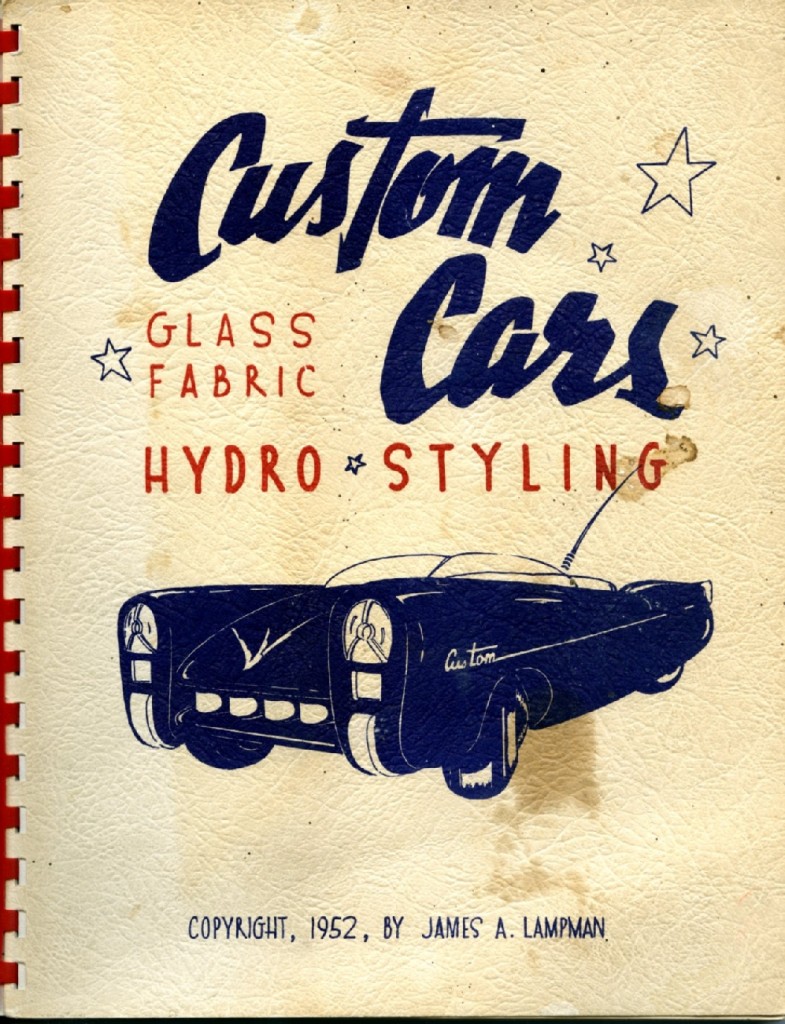
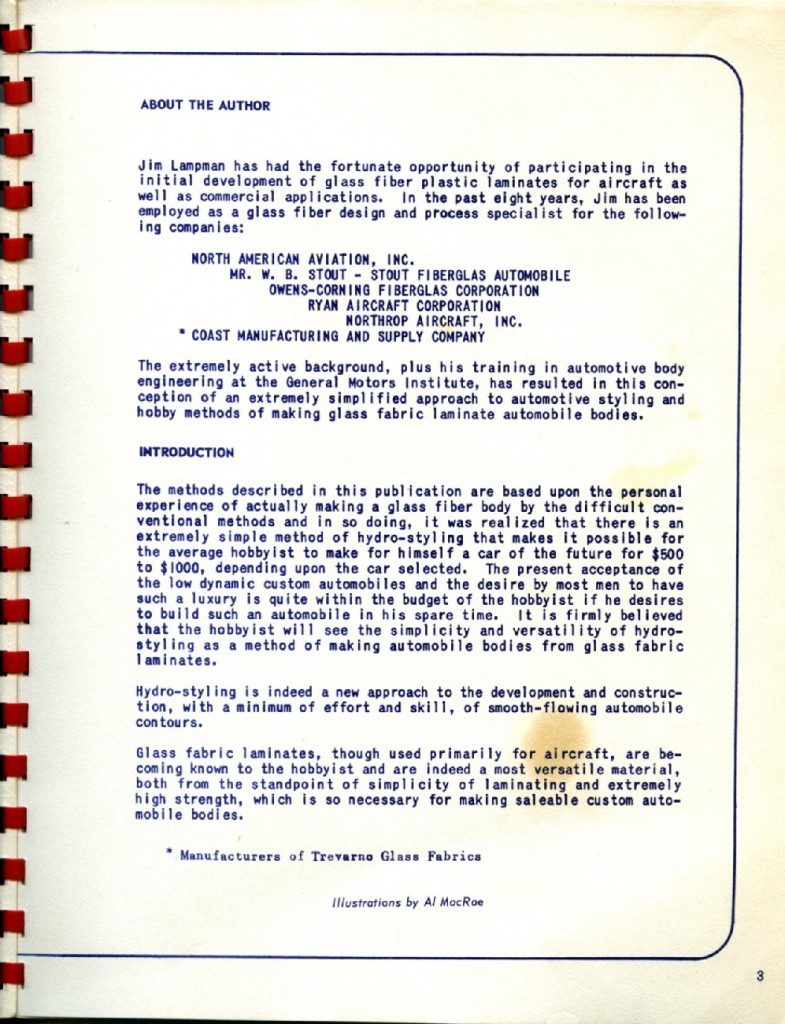
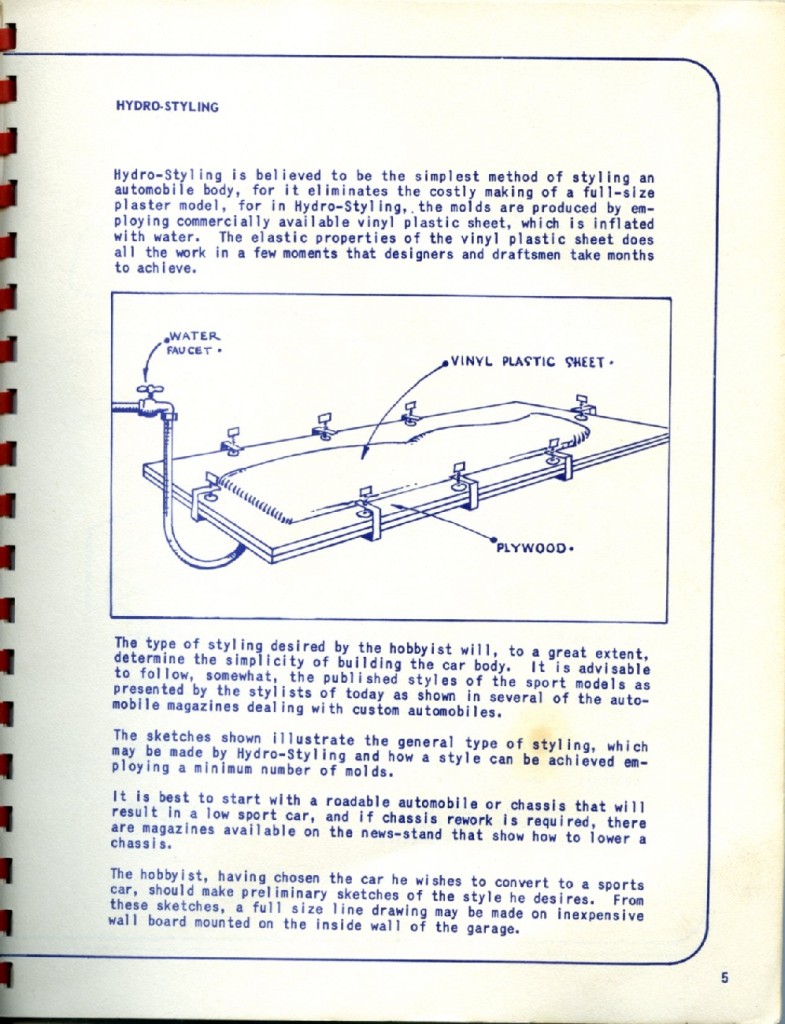
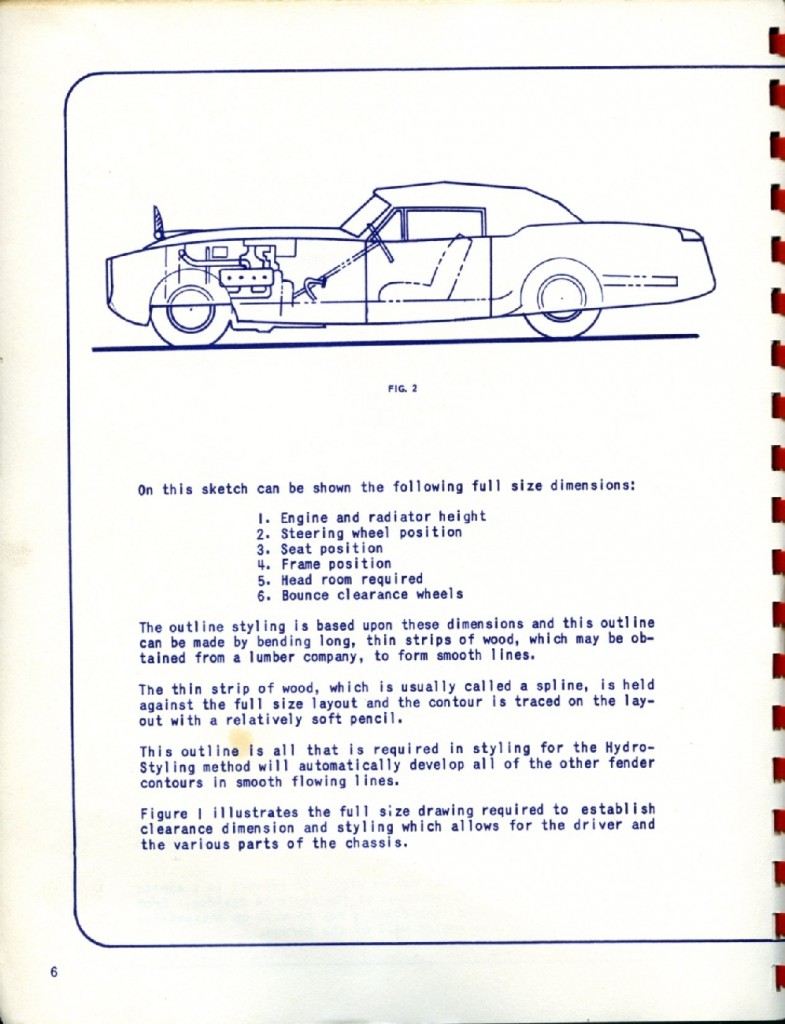
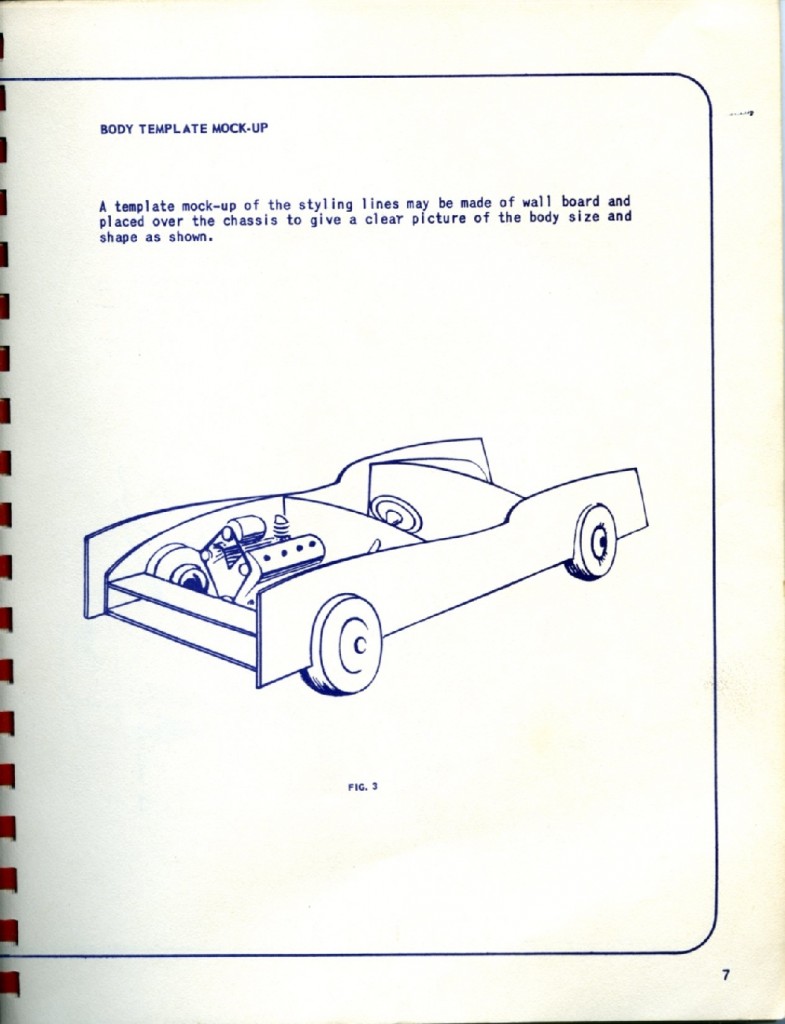
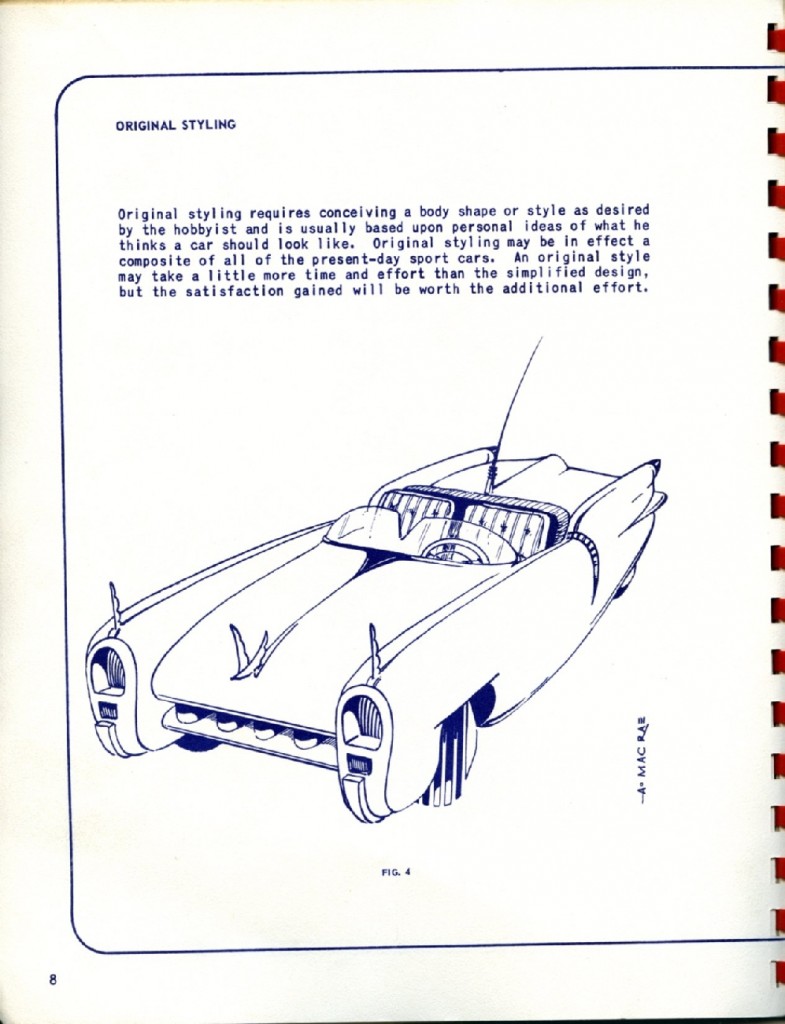
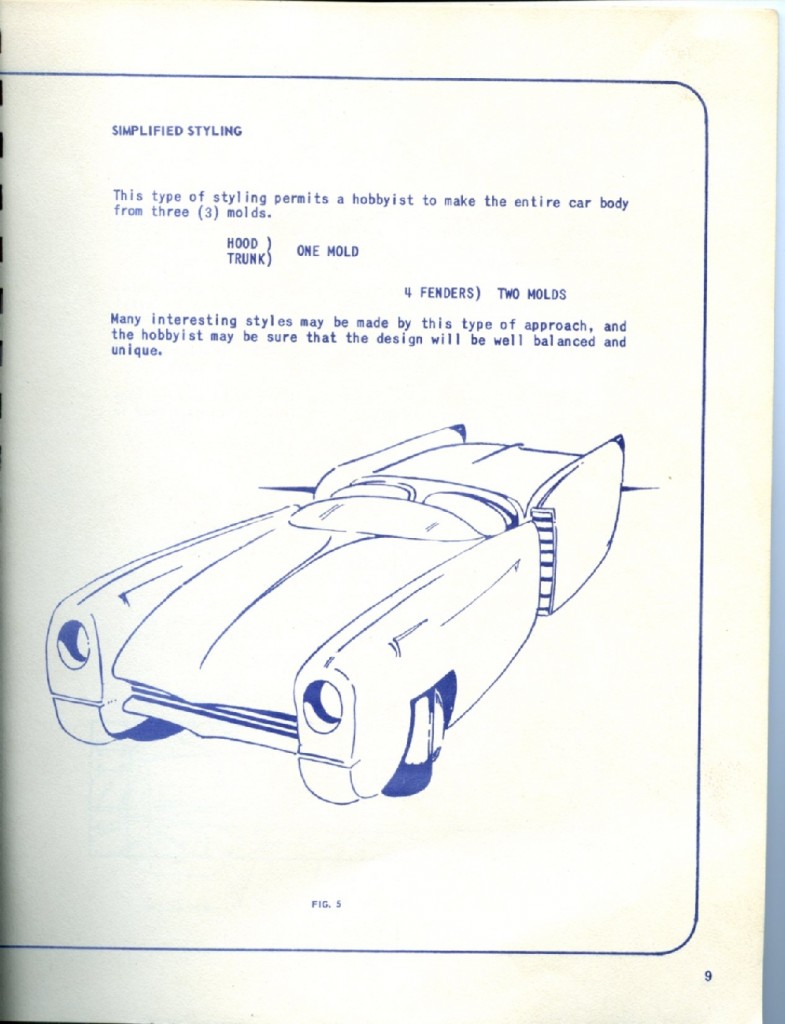
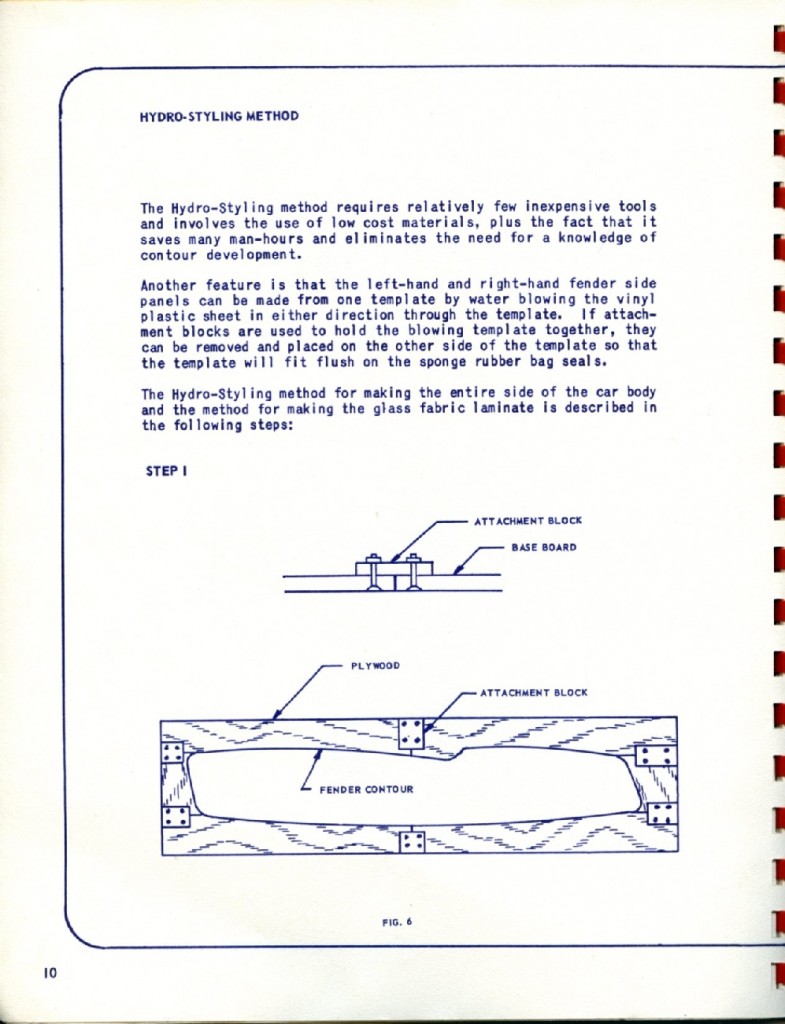
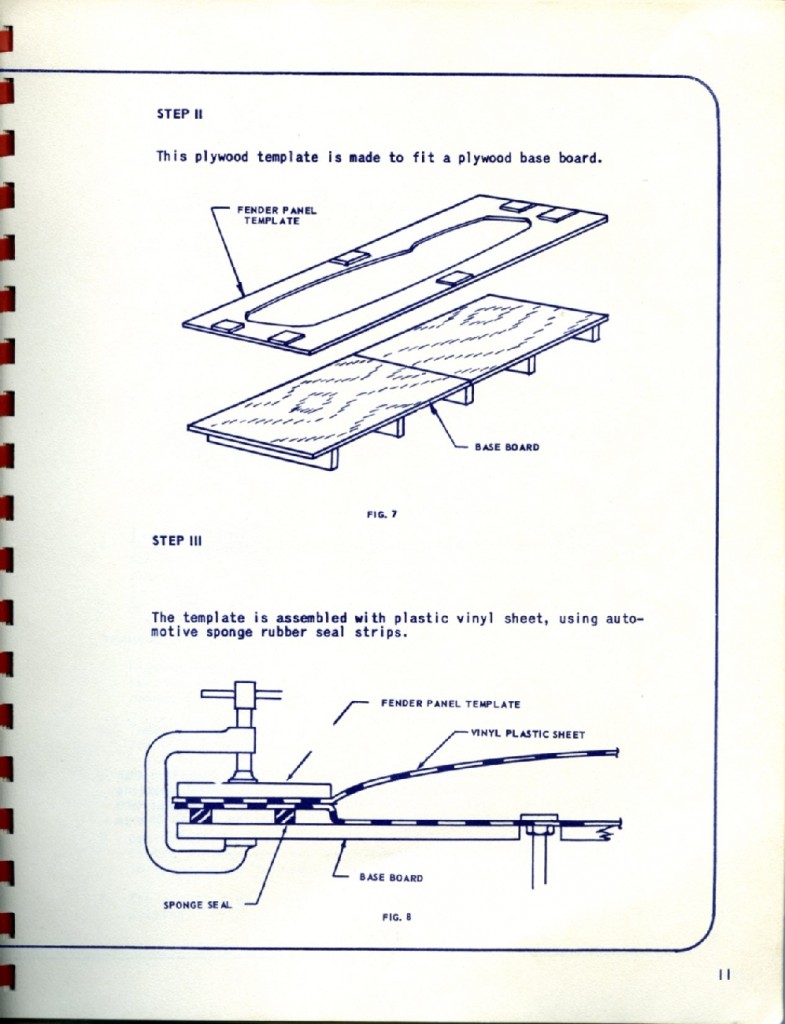
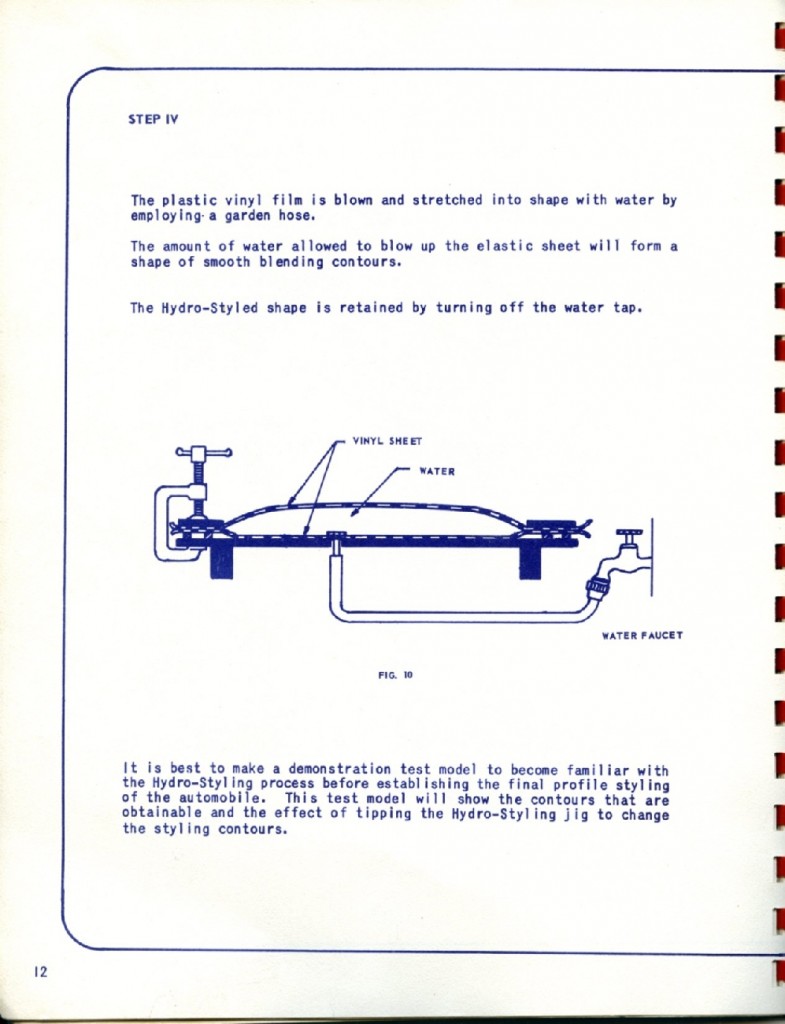
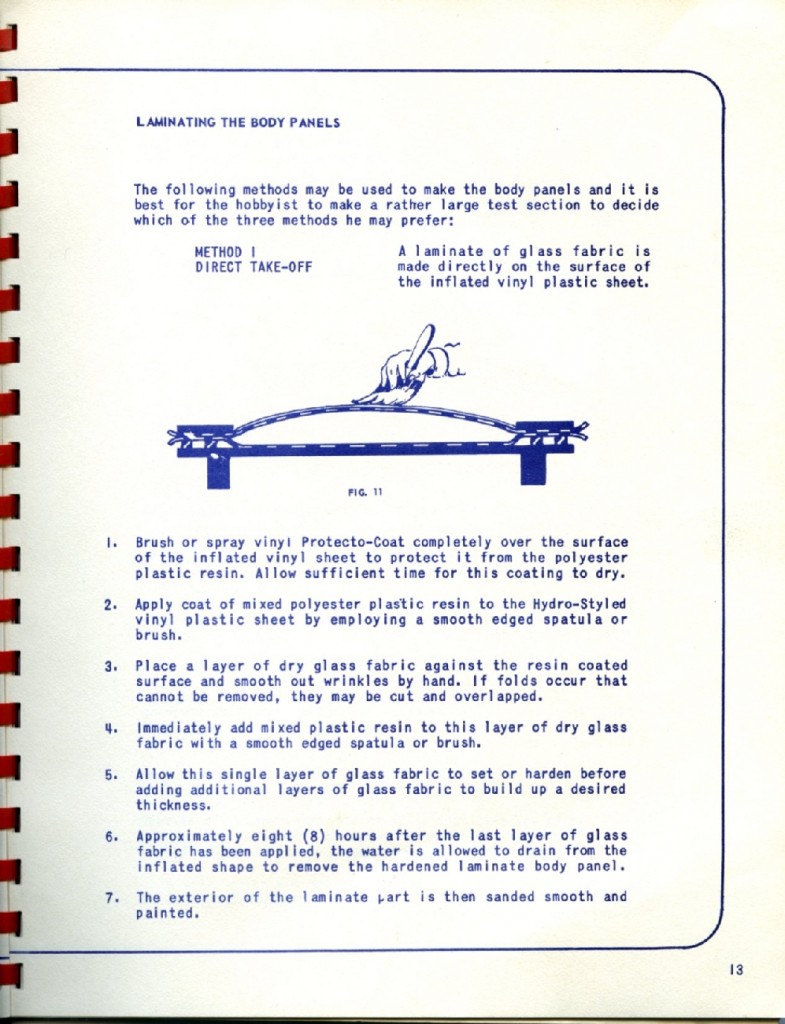
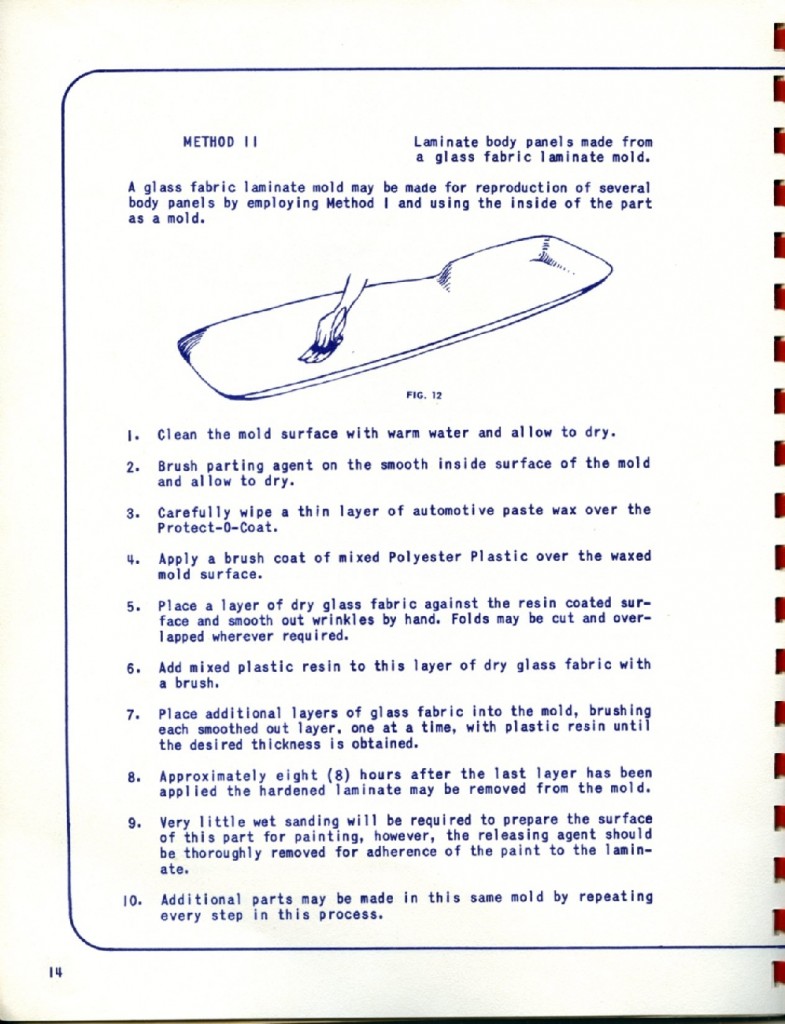
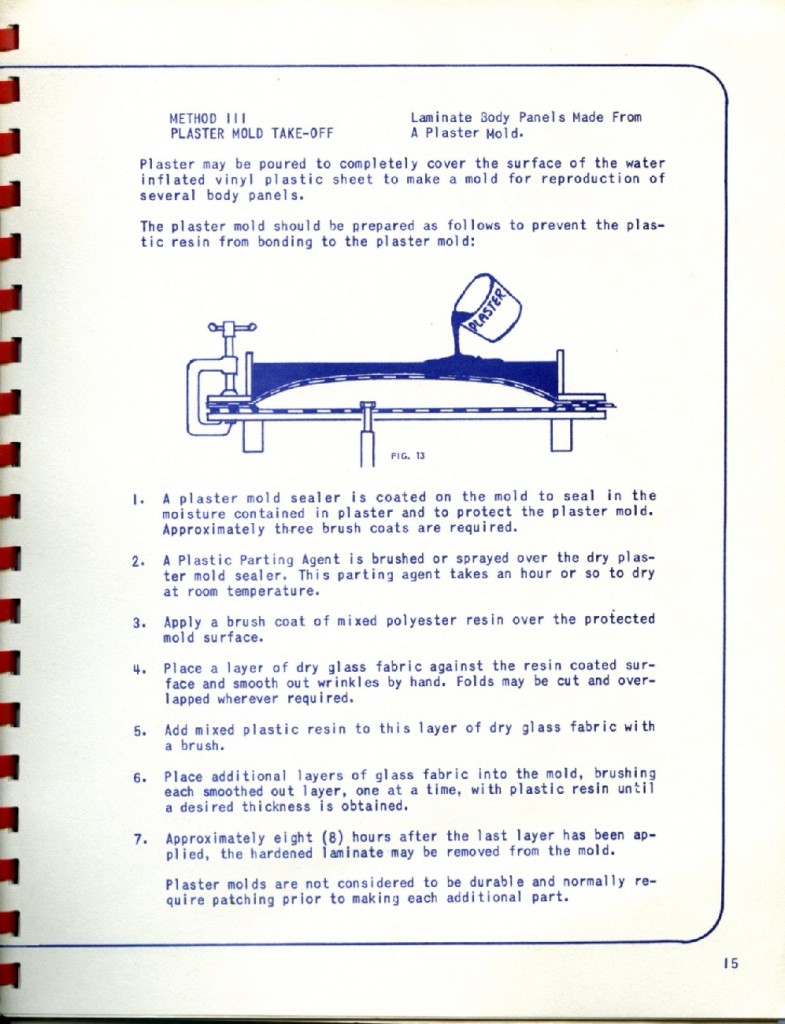
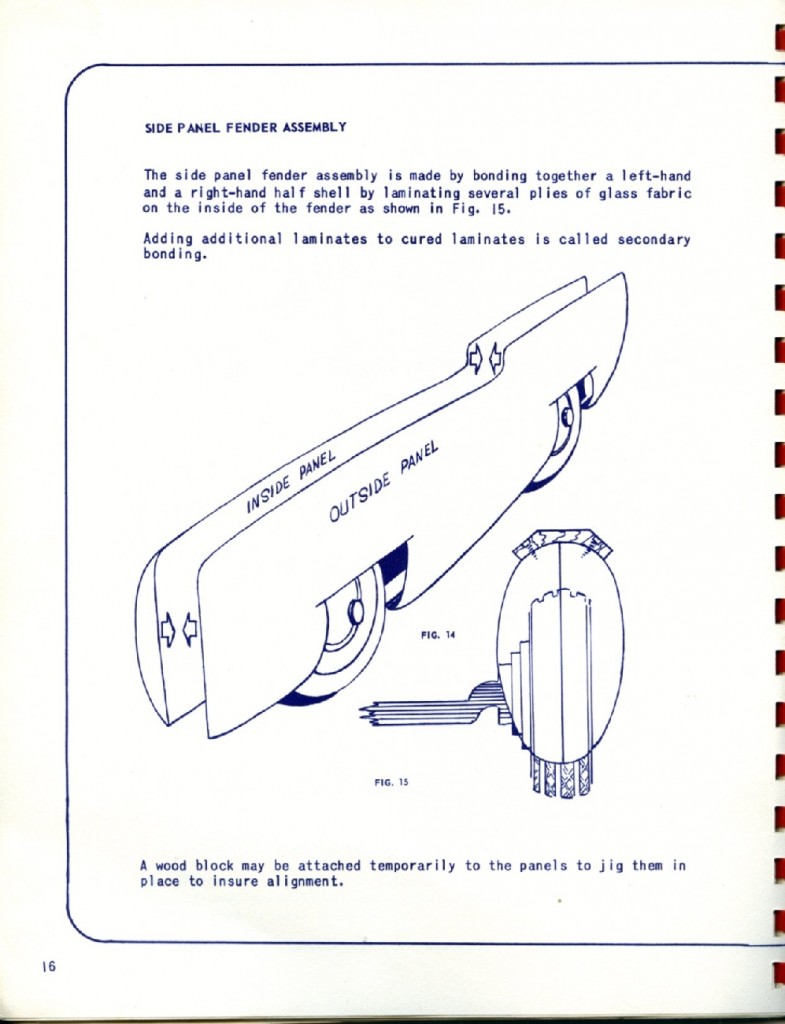
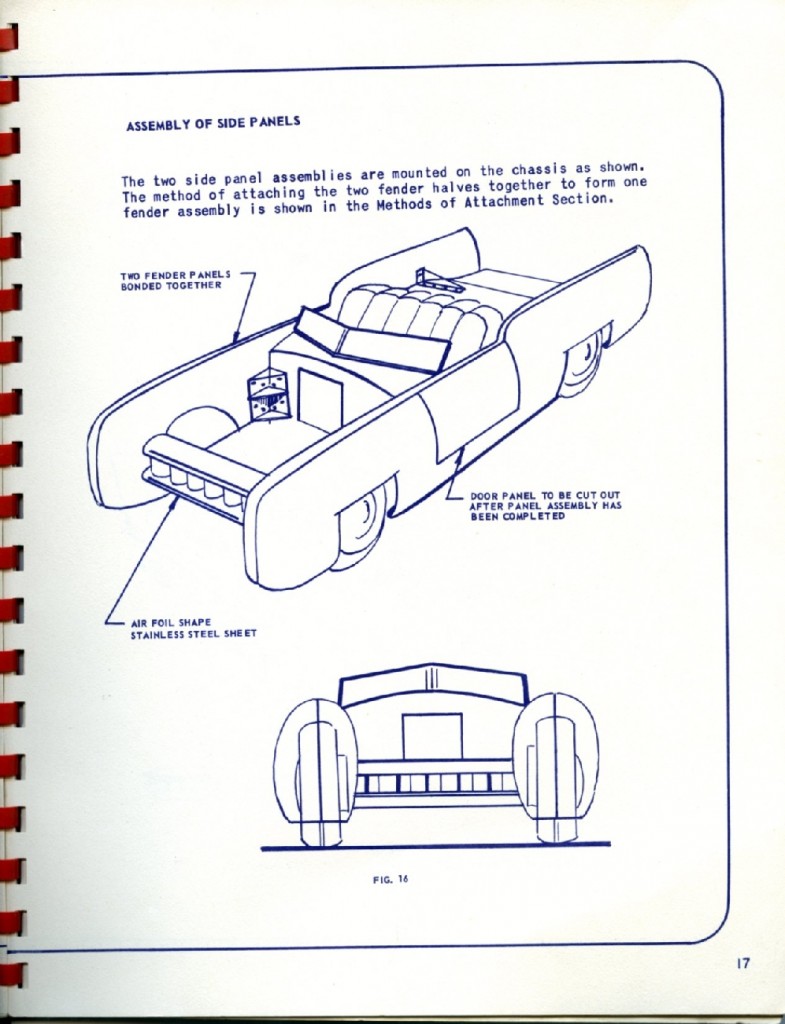
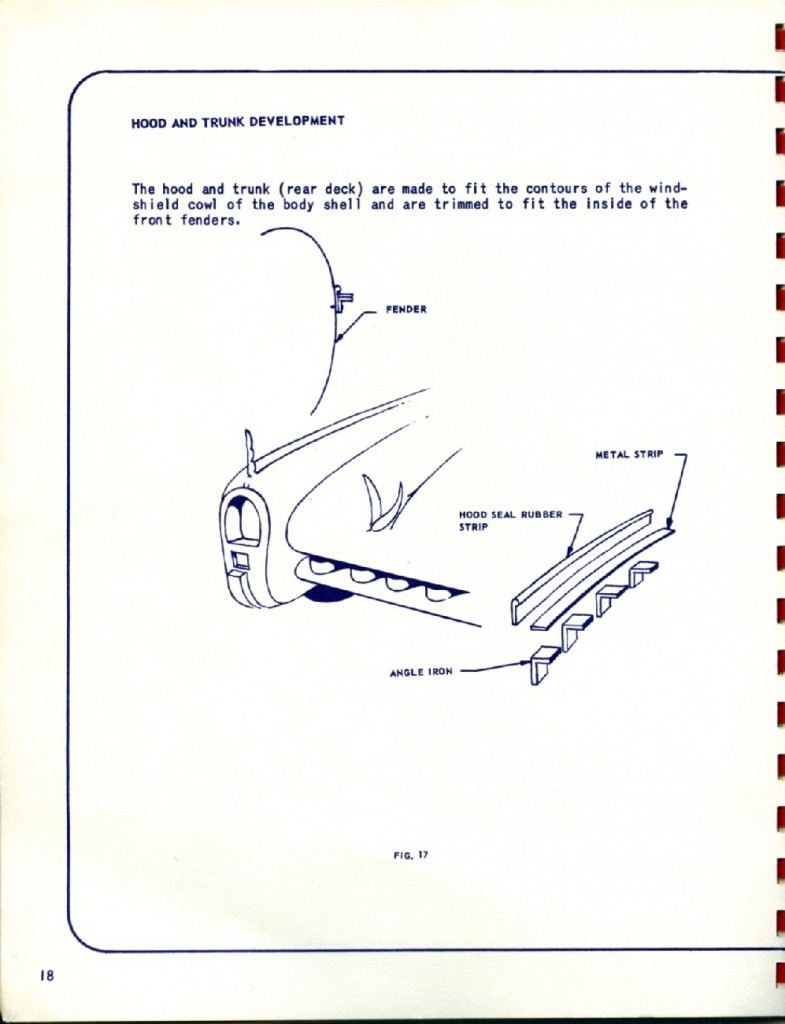
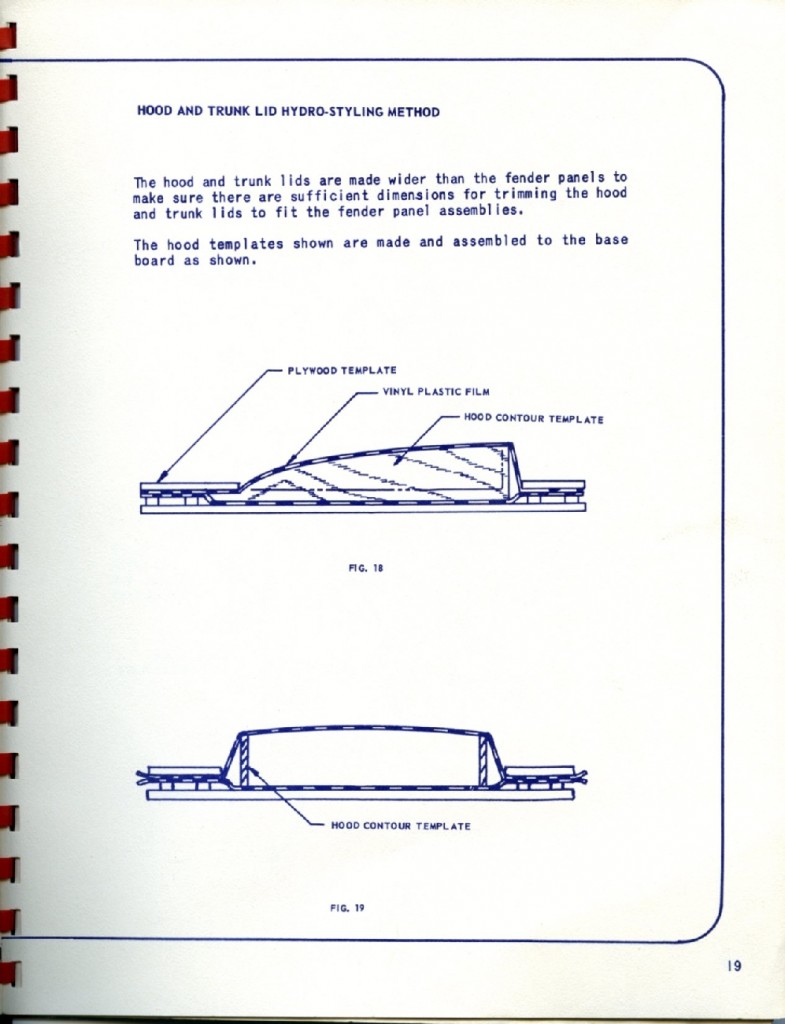
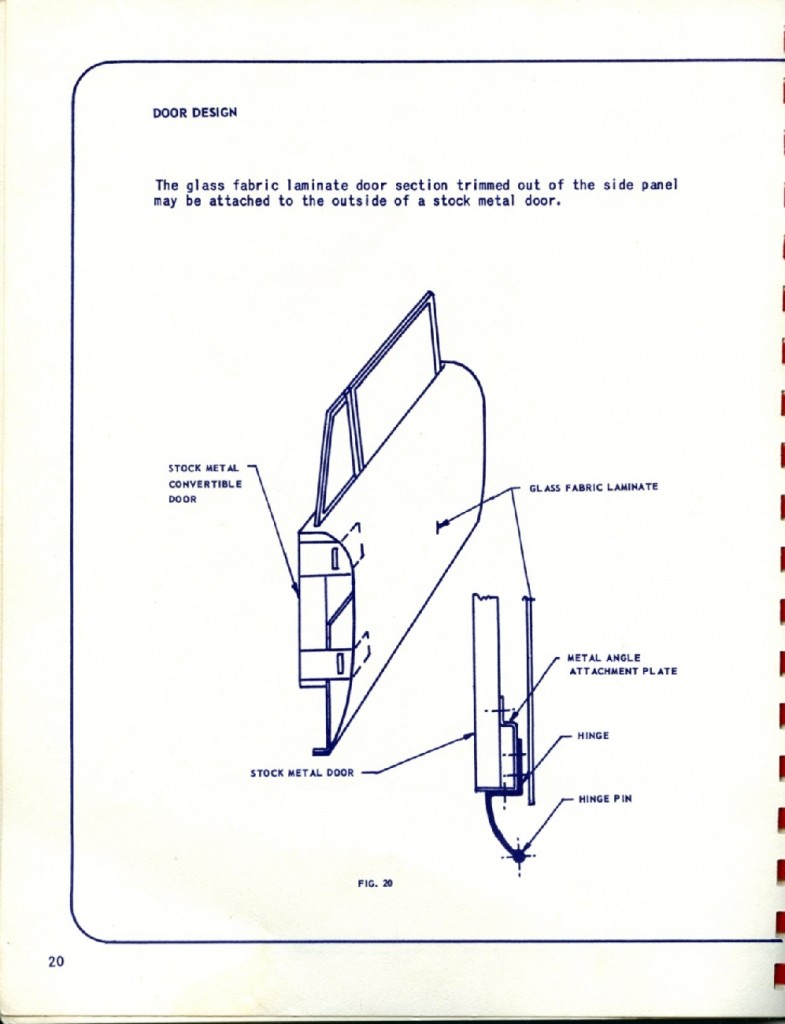
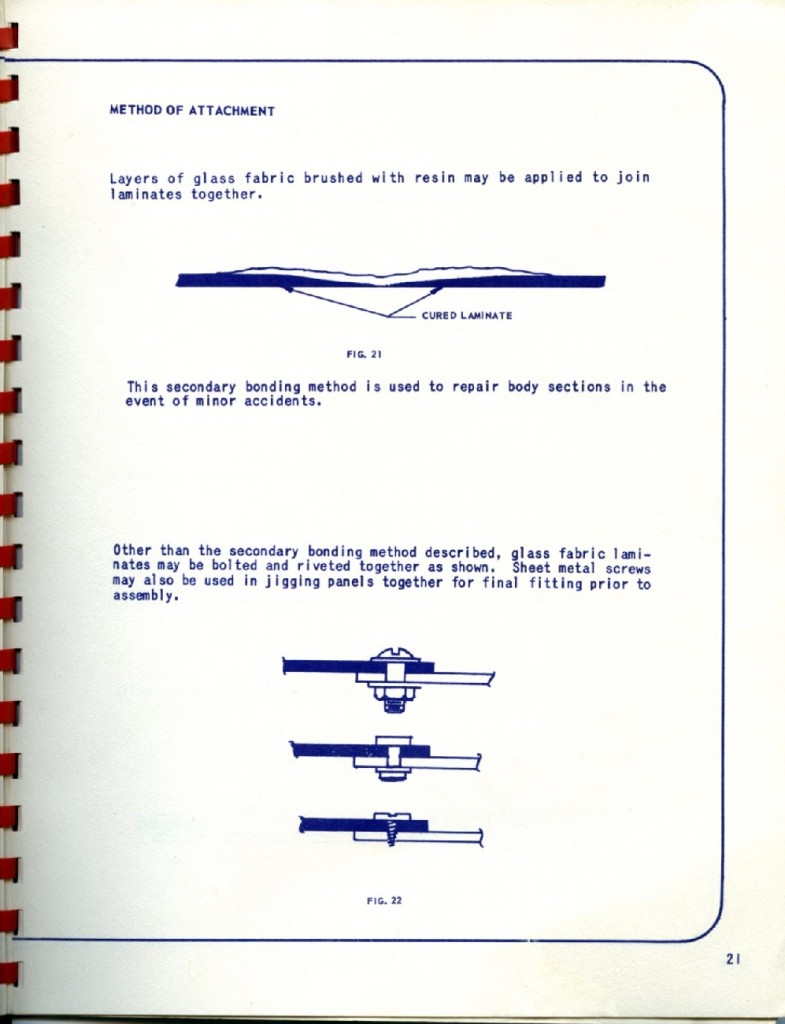
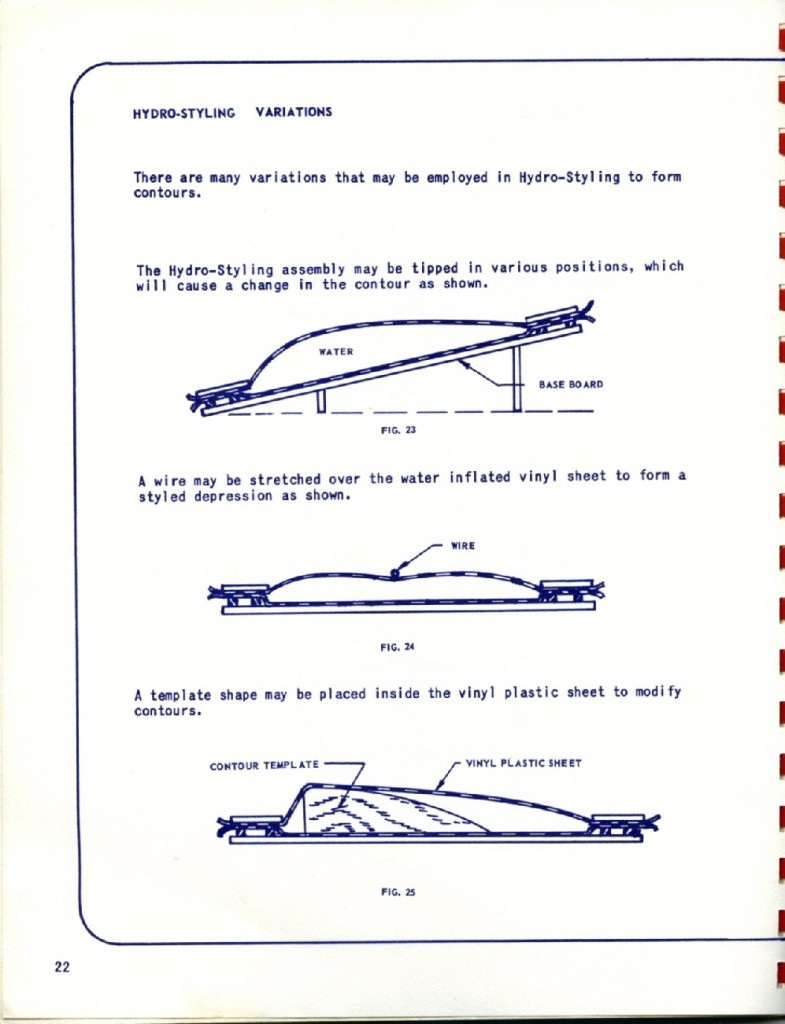
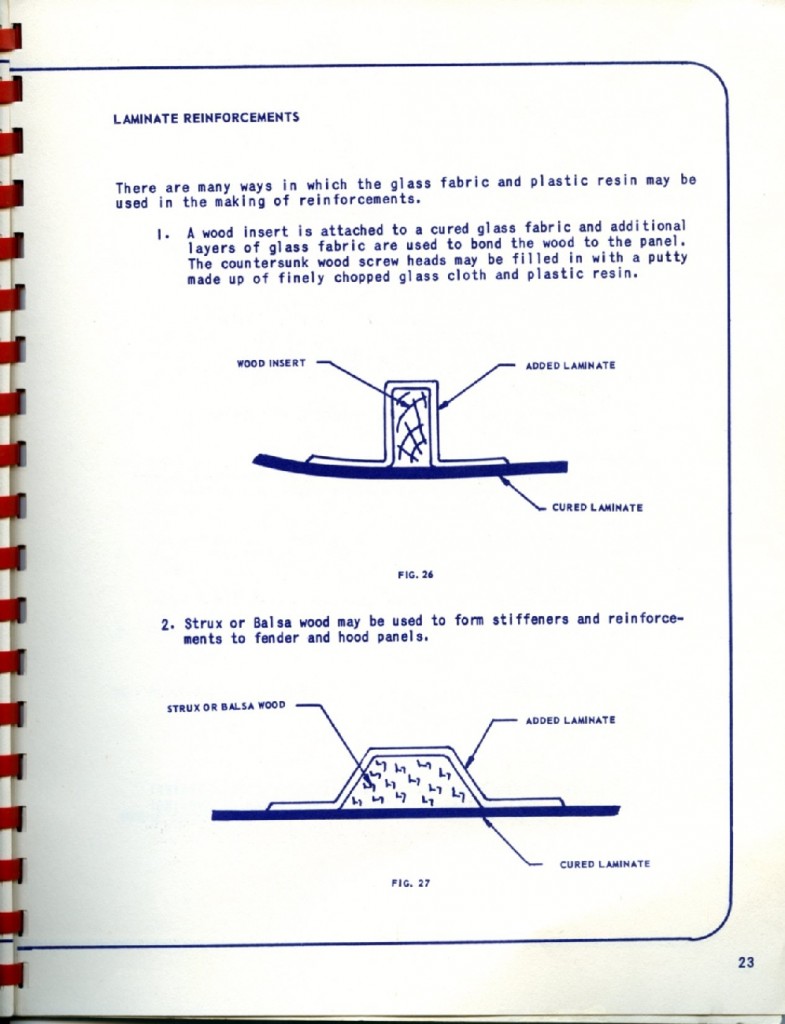
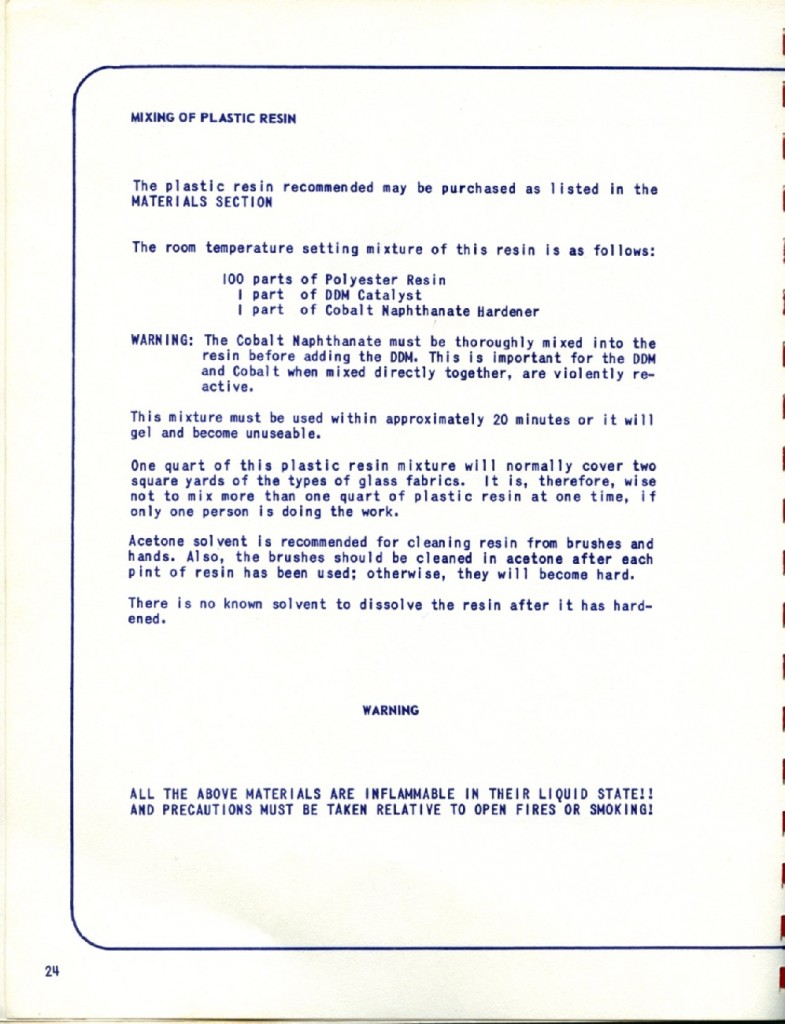
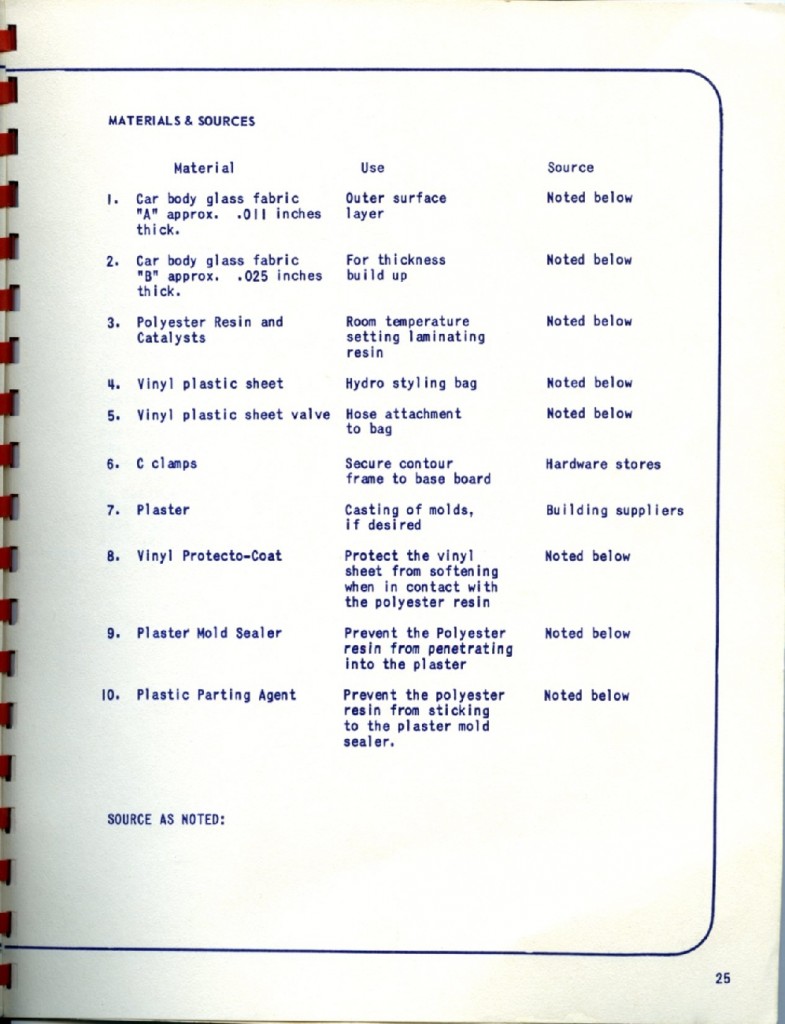
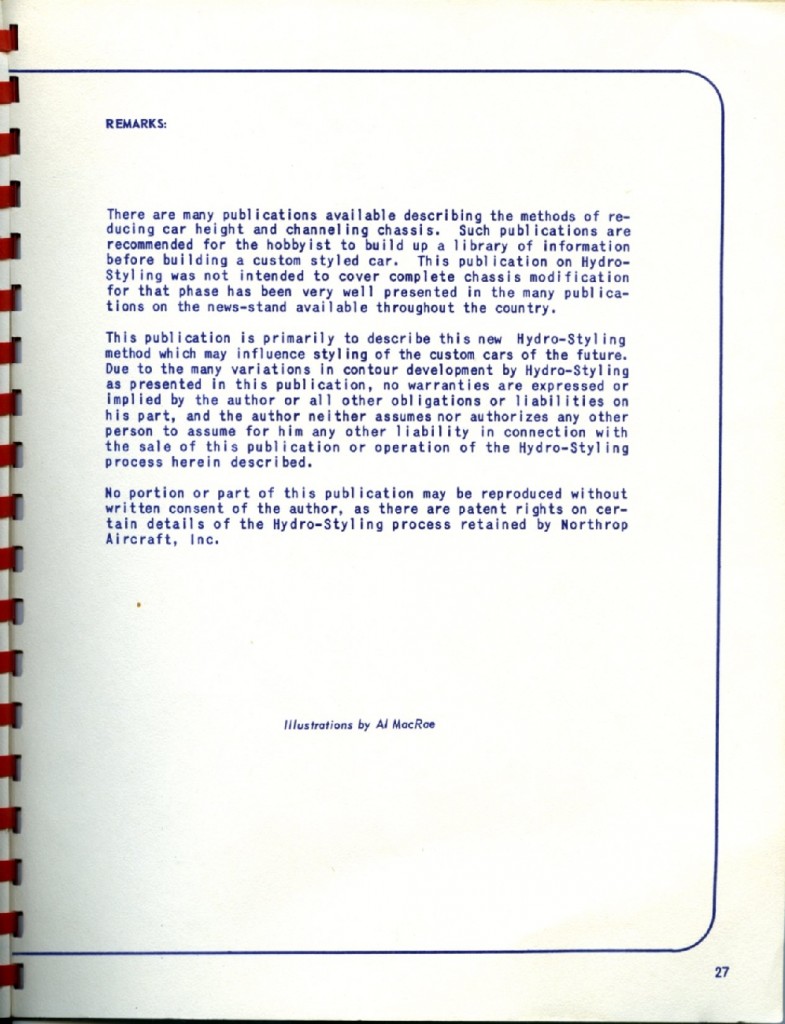

























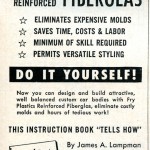

Really interesting. 1952 was a good year indeed.
Sidenote: Most auto manufacturers nowadays are using hydroformed sheet metal.
The design of this car reminds me of the George Barris custom car called the “Golden Sahara II” – a car that was originally equipped with lighted transparent Goodyear tires. It was a spectacular ‘over the top’ design for its time!